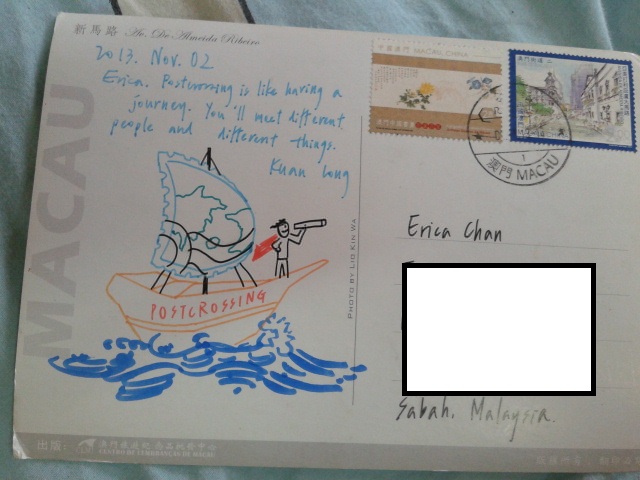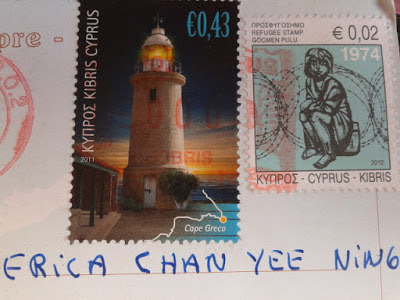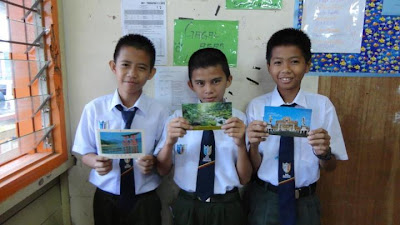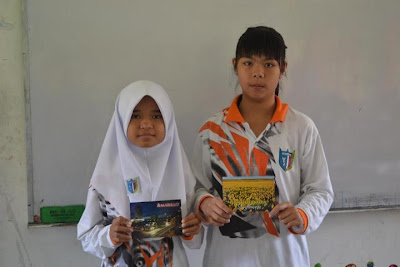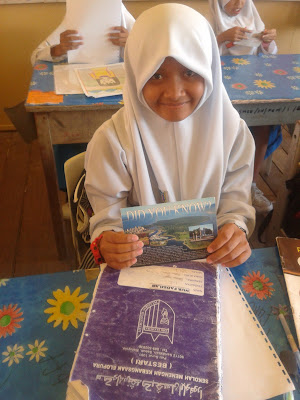Mount Etna
UNESCO World Heritage Sites
What We Learn with Pleasure, We Never Forget..
TJ Family

Jonathan, Joshua and James
Our Address

Labels
Labels
Thursday 12 November 2015
Mount Etna, Italy
Posted by UnknownMount Etna
Thursday 10 September 2015
Mir Castle Complex
Posted by UnknownThe Mirsky Castle Complex (Belarusian: Мірскі замак, Polish: Zamek w Mirze) is a UNESCO World Heritage site in Belarus.[1] It is located in the town of Mir, in the Karelichy District of the Hrodna voblast, at 53°27′4.46″N 26°28′22.80″E, 29 km to the north-west from another World Heritage site, Nesvizh Castle. Mir Castle Complex is situated at an elevation of 164 meters.
BY-1690063
Sunday 30 August 2015
Historic Centre of Warsaw, Poland
Posted by UnknownMonday 1 December 2014
Melaka and George Town, Historic Cities of the Straits of Malacca
Posted by UnknownSaturday 4 October 2014
Fort Zeelandia , Suriname
Posted by UnknownThursday 18 September 2014
Antigua, Guatemala
Posted by UnknownThursday 28 August 2014
Berat, Albania
Posted by UnknownTuesday 22 July 2014
Cologne Cathedral
Posted by UnknownCologne Cathedral (German: Kölner Dom, officially Hohe Domkirche St. Petrus, Latin: Ecclesia Cathedralis Sanctorum Petri et Mariae, English: High Cathedral of Saints Peter and Mary) is a Roman Catholic cathedral in Cologne, Germany. It is the seat of the Archbishop of Cologne, currently, since his 2014 transfer from Berlin, Rainer Maria Cardinal Woelki, and of the administration of the Archdiocese of Cologne. It is a renowned monument of German Catholicism and Gothic architecture and is a World Heritage Site. It is Germany's most visited landmark, attracting an average of 20,000 people a day.
DE-3304602
Monday 2 December 2013
Historic Centre of Macao
Posted by UnknownThursday 24 October 2013
Giant's Causeway and Causeway Coast, UK
Posted by UnknownThursday 12 September 2013
Budapest, Hungary
Posted by UnknownBudapest, including the Banks of the Danube, the Buda Castle Quarter and Andrássy Avenue, holds a number of influential constructions from the Middle Ages to the late 19th century.
The Budapest World Heritage Site consists of three parts:
1. Buda Castle Quarter
This holds the city's medieval sites, with Buda Castle. Also there are the remains of the original Roman town Aquincum.
2. Banks of the Danube
This includes the Parliament (1884-1904) and the suspension bridge (1849).
3. Andrássy Avenue
The extension with Andrássy Avenue in the year 2000 included the Opera, Millennium Park and the Underground Railway.
Thursday 25 October 2012
Nessebar, Bulgaria
Posted by UnknownMonday 13 August 2012
Paphos, Cyprus
Posted by UnknownTuesday 24 July 2012
The Historic Centre of Riga, Latvia
Posted by UnknownMonday 23 July 2012
2012 Postcrossing in My Classroom
Posted by UnknownHere is the link to the FB Page : https://www.facebook.com/Teacher.EricaChan
So far, most of the students had at least received one or two postcards from their pen-pal.. only a few are still waiting for a reply from their pen-pal...
***************************
These are the list of My Postcrossing Friends who Participate in this program:
1 x Exchange
- Amy Steely : Chung Xing Yi (G), Tiatira Justin (G) & Abdul Majid (B)
- Yenny Rere : M.Rahimi (B)
- Olya Manina : Haslinda Md.Irwan (G)
- Ralf Hinterhölzl : Christine Famila
***************************************************************************
Once A Month
Philippines
- Jonathan Blaza : Christine Familla
- Eduard Azurin : Nur Hajjratul Aswa
USA
- Georgina Muela : Nur Fadzilah (Girl)
- Ria Cabral : Nur Atikah , Tiatira Justin & Ellis Chu Yee Mee (G)
- Amy Genberg : Siti Syazira (G)
- Gregory Lentz : Agustitin (G)
- Linda Roberson : Nuraina Syawana (G) & Ali Azrul (B)
- Kim Hansen Amundsen : Nur Fatehah
- John McDade : Md.Norazman
- Suzanne Lee : Nur Shafinaz
- Lori Holmes Fournier : Siti Nur Farah Ain
- Hallie Berline Feldman : Mohd Uwaiz
- Carrie Courter : M. Syahrizal
- Shelia Dawn Carter : Syazana Nadiah
Malaysia
- Jiaqi Holiday : Ibrahim (Boy)
Netherlands
- Christel Van der Ree : Chung Xing Yi (G)
- Monique Dubbeldam : Nurul Ezanni (G)
- Edith De Jong Hof : Ikhwan Zainal (B)
- Marcel de Jong : Abdul Majid (B)
-Annemieke Reinderink : Mohd Syamirul
United Kingdom
- Julia Aulich : Nur Atirah (G)
- Patrycja Jasinska : Rahimi Ramlan (B)
- Gilly White : Nur Ain (G)
Germany
- Katrin Witzmann : Nurul Fatin Syafiqah (G)
- Felix Rommel : Nurul Izzah Syazwani (G)
- Anke Gunther : Sakilah Sainan (G)
- Benedikt Binder : Ibrahim (B)
- Penelope Avril Binder : Nur Nabila (G)
- Britta Fritsche : M.Rahmat (B)
- Melanie Becker : Nur Ilya Shamiza (G)
- Santa Mervien Alexandra : Edika Sharul
Romania
- Calin Zborovsky : Nur Farahdila (G)
India
- Bhaskar Pakrasi : Nurul Syahirah (G)
- Shivani S Poojary : Nurul Asmiatinah (G)
- Colin D'souza : Ariina Natasya (G)
Australia
- Nicole Hansell : Siti Hamizah (G)
- Annie Jones : Ismail Harun (B)
- Vikki McGrath : NorMaisara (G)
Indonesia
- Peifen Lin : Nurasimah (G)
- Hardian Syahputra : Nasir Sobre (B)
- Priscilla Cieldz : J.Nurnismaliah (g)
Taiwan
- Yi Ting Chen : Dayang Maysarah (G)
- Sherry Chiang : Nur Shazarinah (G)
- Paoli Lee : M.Hakimi Muis (B)
Siti Nur Azmahani (G)
Norazman Hadisel
Canada
- Linda J Milsap : Nazzura Sutrisno (G)
Costa Rica
- Soph Machado : M.Hakimi Hamidi (B)
Czech Republic
- Luci M. Kraus : M. Syahrizal (B)
- Marketa Selinijana : Nuriza Kallang (G)
Thailand
- Miso Pim : Dg. Siti Noorhafiza (G)
- Tukta Chaywichian : Siti NurNatasha Amira (G)
Denmark
- Sabrine Kortsen : Siti Aishah Jafri (G)
Japan
- Saya Kitajima : Md. Shahrul Niezam (B)
Poland
- Klaudia Ziegiel : Nasrulnizam
- Pawel Maciejewski : M.Hanafee
Finland
- Satu Kylmälä : Mohd Shahrazi
Trinidad and Tobago
-Angel Boodoo : Mohd Shafiq Sabie
Brazil
- Maria Gabriela Dias : Dannyen Johnny
Scotland
- Hannah Kennedy : Normeraznah Adbul Musad
Portugal
- Ana Serodio Fernandes :Syazana Nadiah
- Celeste Silva : Farahin Aimy
France
- Angelique Pavy : Karmila Ramli
So, what is Postcrossing?? :)

The objective of Postcrossing is to allow people to exchange postcards via mail (real mail, not email) with random Postcrossers from around the world. Oh, and it is absolutely free, meaning, if you send a postcard, you will receive one back from another random member.
- Register on the website. You will need to provide your postal address so that you can receive postcards.
- Request to send a postcard. An address is displayed along with the member's profile. This address is accompanied by a Postcard ID - a unique code that identifies your postcard.
- Choose a postcard, write something nice on it along with the assigned Postcard ID, and mail it to the address you were given.
- Wait, wait, wait. :-)
- Hoorray! The card arrives to its destination and is registered by the user! Now you too will receive a postcard!
The Postcrossing website is absolutely free! You will not receive any postcards if you do not send any; that is what makes the system work. The more postcards you send, the more you will receive. It is simple, but you still have to send postcards to make it work.
Note that you will need to spend money on postage to send the postcards and to buy postcards if you do not have any.
Sponsored by Stylistbackgrounds | Wordpress Themes
Copyright © 2011 Flower Girl

















